
Dish
Gajak
The sesame seeds are roasted and mixed with melted jaggery, then pressed into thin sheets and cut into squares. Gajak is typically eaten as a snack or dessert.
Origins and history
Gajak is believed to have originated in the state of Uttar Pradesh in northern India. It is a popular snack throughout the country, and is often sold by street vendors.
Dietary considerations
Gajak is not suitable for those with nut allergies or diabetes, as it is high in sugar and calories.
Variations
Variations of gajak can include different types of nuts or seeds, such as peanuts or sunflower seeds. Some recipes also call for adding spices such as cardamom or cinnamon.
Presentation and garnishing
Gajak can be garnished with edible silver or gold foil for a festive touch.
Tips & Tricks
To prevent the gajak from sticking to the surface, make sure to grease it well before pressing the mixture.
Side-dishes
Gajak is typically eaten on its own as a snack or dessert.
Drink pairings
Gajak pairs well with chai tea or other hot beverages.
Delicious Gajak recipes
More dishes from this category... Browse all »

A-gei
Taiwanese cuisine

Abará
Brazilian cuisine
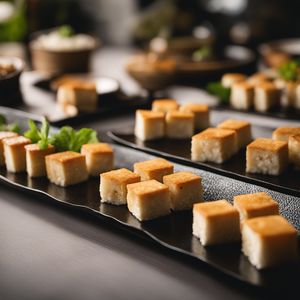
Aburaage
Japanese cuisine

Acciughe sotto pesto
Italian cuisine

Accra
West African cuisine

Aggala
Indian cuisine

Airplane Olive
Greek cuisine
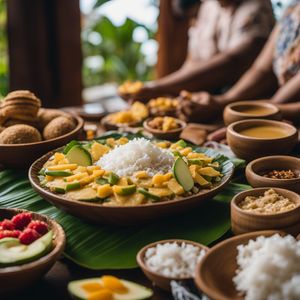
Alaisa fa'apopo
Samoan cuisine
More cuisines from this region...

East Indian cuisine
Spicy and tangy flavors, Uses a lot of herbs and spices (mustard seeds, cumin, coriander), Uses a lot of fish and seafood which give it a unique flavor

North East Indian cuisine
Spicy, Tangy, Flavorful, Unique
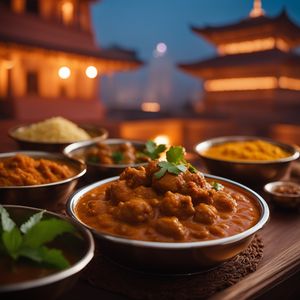
North Indian cuisine
Spicy, Tangy, Aromatic, Sweet, Uses a lot of oil and ghee
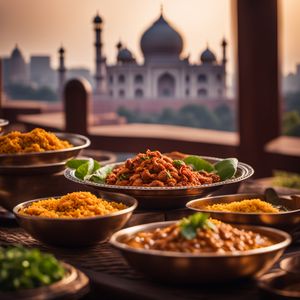
Other Indian cuisine
Spicy, Tangy, Sweet, Sour, Pungent
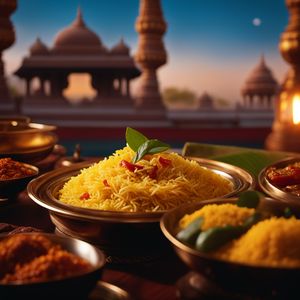
South Indian cuisine
Spicy, Tangy, Sweet, Savory, Aromatic
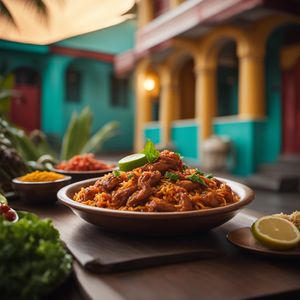
West Indian cuisine
Spicy, Bold, Tangy, Sweet, Savory

